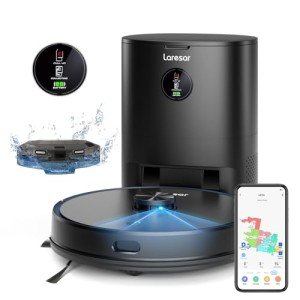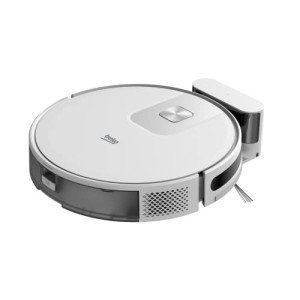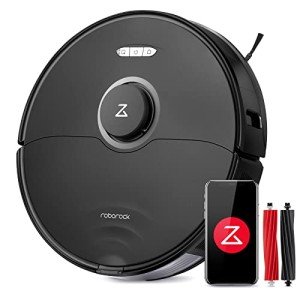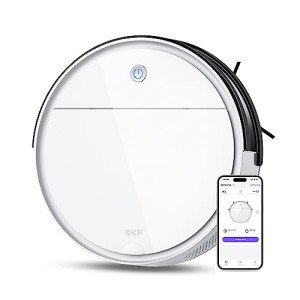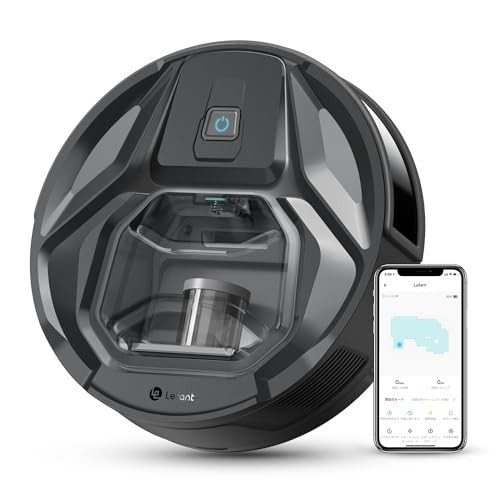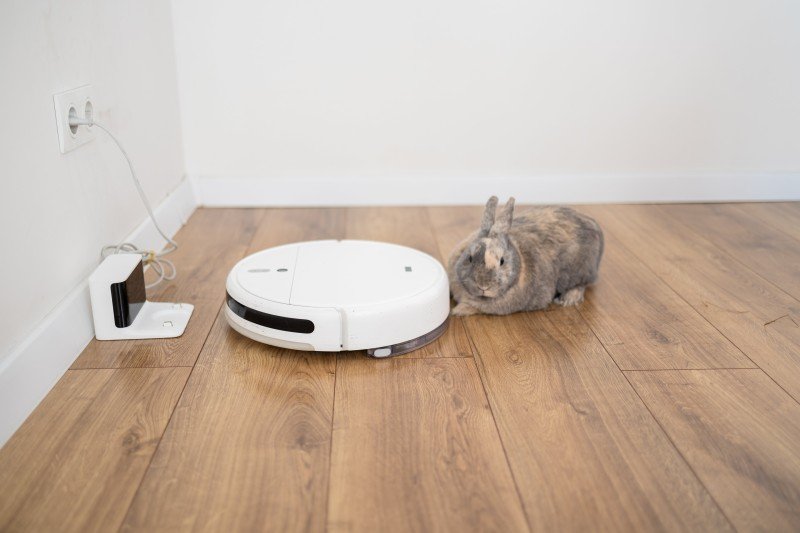In the modern age, technology has significantly changed the way households operate, with innovations leading to more efficient and convenient methods of managing everyday tasks. Among these advancements, robot vacuum cleaners stand out as one of the most transformative cleaning solutions. These smart devices not only automate the mundane task of cleaning floors but also bring a host of technological enhancements that ensure a thorough and convenient cleaning experience.
History and Evolution of Robot Vacuum Cleaners
The concept of a robot vacuum cleaner was conceived in the late 20th century. The first robot vacuum cleaner, the Electrolux Trilobite, was introduced in 1996. While the technology at that time was relatively rudimentary, capably navigating through rooms while vacuuming, it laid the foundation for future innovations.
Over the years, several milestones marked the evolution of robot vacuum cleaners:
-
Early Models (1990s - 2000s): The first models were mechanical and lacked advanced sensors and mapping technology, leading to inefficient cleaning. They were mostly sold as novelty items rather than essentials.
-
Improved Sensors (Mid-2000s): The introduction of sensors allowed these vacuums to navigate spaces better, avoiding obstacles and reducing the likelihood of falling off stairs.
-
Smart Mapping Technology (2010s): Brands like iRobot, with their Roomba series, revolutionized robot cleaning with smart mapping technology, enabling devices to create layout maps of homes for more systematic cleaning.
-
Integration of AI and Connectivity (Recent Years): Today’s robots can connect to Wi-Fi, allowing homeowners to control them via smartphone apps. Integration with virtual assistants like Amazon Alexa and Google Assistant adds a layer of convenience and intelligence.
Table 1: Evolution of Robot Vacuum Cleaners
| Year | Key Developments | Notable Models |
|---|---|---|
| 1996 | First commercial robot vacuum | Electrolux Trilobite |
| 2002 | Improved navigation technology | iRobot Roomba |
| 2015 | Smart mapping introduced | iRobot Roomba 980 |
| 2020 | AI integration and app control | Ecovacs Deebot Ozmo T8 AIVI |
Benefits of Robot Vacuum Cleaners
The rise in popularity of robot vacuum cleaners can be attributed to a multitude of factors that enhance the overall cleaning experience. Below are some of the major advantages:
- Automation: Robot vacuums eliminate the need for manual cleaning, allowing users to schedule cleanings according to their lifestyle.
- Efficiency: Equipped with advanced sensors and mapping technologies, these devices can clean homes more efficiently compared to traditional vacuums.
- Time-Saving: Users can attend to other tasks while the robot takes care of the floor cleaning, maximizing productivity.
- Compact Design: Their small size allows them to navigate under furniture, reaching areas where traditional vacuums may struggle.
- Smart Technology: Features like app integration enable monitoring and control from a distance.
Types of Robot Vacuum Cleaners
When considering the purchase of a robot vacuum cleaner, households can choose from a diverse range of models catering to different needs. Below is a list of the common types of robot vacuums:
- Basic Models: These typically focus on basic functionality without advanced features. Suitable for smaller spaces.
- Robotic Mops: Some models combine vacuuming and mopping functions, making them ideal for families with children or pets.
- Pet-Friendly Models: Designed with specialized features to target pet hair and dander, these vacuums are perfect for pet owners.
- High-End Smart Cleaners: These vacuums come equipped with sophisticated AI technology and advanced mapping capabilities tailored for larger homes.
Considerations When Choosing a Robot Vacuum Cleaner
Before investing in a robot vacuum, several factors should be evaluated to ensure the best choice for specific cleaning needs.
- Size of Space: For larger homes, vacuums with smart mapping and longer battery life are essential.
- Floor Type: Certain models may perform better on different surfaces—carpet, tile, or hardwood.
- Allergies: Filtration systems that capture allergens will be vital for households dealing with allergies.
- Budget: Prices can vary significantly, so it is essential to balance desired features with available budget.
FAQs
1. How do robot vacuum cleaners navigate?
Robot vacuum cleaners typically use a combination of sensors and cameras to navigate around the home. They utilize technologies such as LIDAR, infrared sensors, or cameras to detect obstacles and create a map of the cleaning area.
2. Do robot vacuums clean as well as traditional vacuums?
While robot vacuums provide an efficient cleaning routine, they may not match the thoroughness of a traditional vacuum, especially for deep cleaning. However, they can maintain clean floors effectively with regular use.
3. Can robot vacuum cleaners handle pet hair?
Many robotic vacuums are specifically designed to handle pet hair, equipped with powerful suction and specialized brushes. However, it's essential to check for features that cater to pet ownership.
4. How long does it take for a robot vacuum to clean a room?
The cleaning time can vary depending on the size of the room, the layout, and the model's efficiency. Most robot vacuums can clean a standard living room in about 30–60 minutes.
5. Are robot vacuum cleaners noisy?
Generally, robot vacuums operate quieter than traditional vacuums. However, noise levels can vary based on the model; some are designed to work silently.
Robot vacuum cleaners represent a significant shift in how household cleaning is approached, blending technology with convenience for the modern homeowner. With continuous innovations, these devices become more capable and user-friendly, offering solutions for various cleaning needs. Choosing the right model depends on an understanding of individual household requirements, floor types, and lifestyle, paving the way for an effortless cleaning experience. As technology continues to advance, the future of home cleaning looks increasingly automated and efficient.

